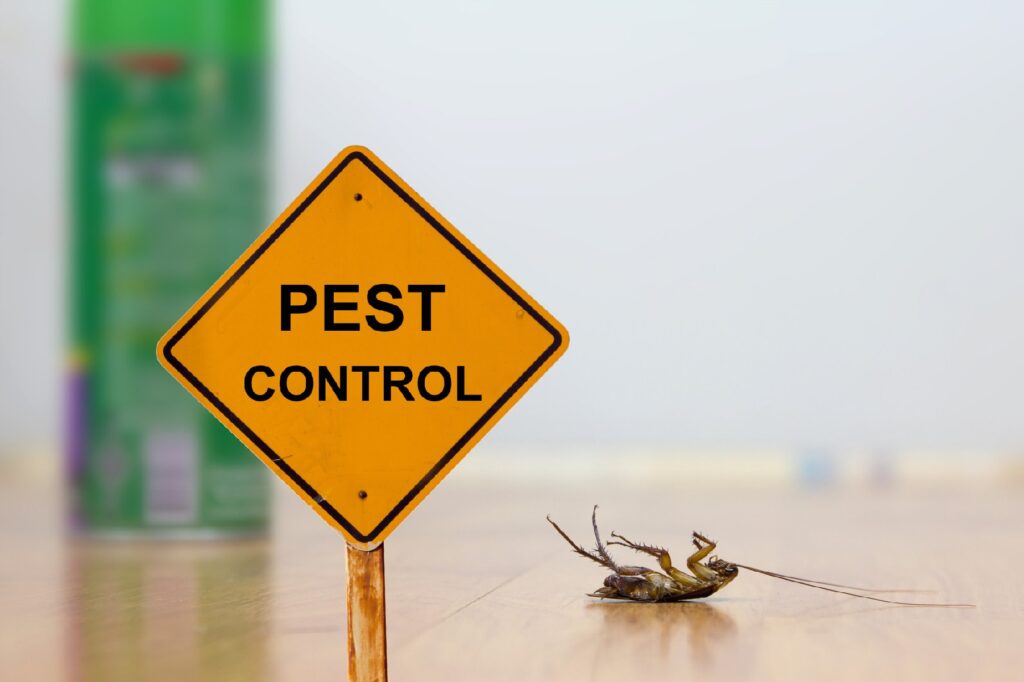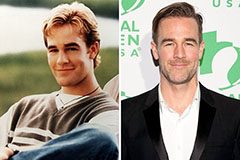Bed Insect Treatment Break Down: Contrasting Chemical Vs. Non-Chemical Solutions
In the world of insect control, especially when managing the relentless issue of bed insects, the selection in between chemical and non-chemical treatment remedies can be a crucial one. Both approaches supply unique advantages and disadvantages, influencing aspects such as performance, safety considerations, and general price. By taking a look at the nuanced details of each approach, a more clear understanding of which path to go after in resolving a bed pest infestation can be obtained.
Efficiency of Chemical Therapies
Chemical therapies for bed pest infestations have been commonly identified for their rapid and potent efficiency in eradicating these pests. When taking into consideration the efficiency of chemical treatments, it is vital to understand that they can give a fast and comprehensive solution to a bed insect issue. Expert pest control specialists frequently depend on insecticides to target bed pests at numerous phases of their life process, consisting of grownups, eggs, and nymphs. These chemicals generally function by disrupting the bed bugs' nerve system, resulting in paralysis and ultimate fatality.
Moreover, chemical therapies have the advantage of supplying residual impacts, suggesting that they can proceed to eliminate bed insects even after the initial application. This residual activity is particularly valuable in combating any prospective re-infestations. Additionally, the quick activity of chemical treatments can bring relief to people dealing with severe bed bug problems, permitting them to restore control of their home quickly.
Security Concerns With Chemical Solutions
One vital facet that requires careful consideration when using chemical remedies for bed bug treatment is making certain the safety of residents and the setting. While chemical therapies can be reliable in getting rid of bed insects, they may pose threats if not handled properly. One of the key security interest in chemical services is the potential injury they can create to human health and wellness. Exposure to certain chemicals made use of in bed pest therapies can bring about respiratory system problems, skin irritation, or various other negative reactions, particularly in people with pre-existing problems or sensitivities. Additionally, improper application or dose of chemical pesticides can cause harmful deposits sticking around in the cured area, posing long-term health threats to passengers.
Furthermore, the environmental influence of chemical solutions is one more substantial factor to consider. Some pesticides utilized in bed bug therapies might be dangerous to advantageous pests, wildlife, and ecosystems if they leach into the soil or water systems. It is necessary to use chemical treatments sensibly, following safety and security guidelines, and thinking about less poisonous choices to minimize these threats and make certain the effective and risk-free management of bed bug infestations.
Benefits of Non-Chemical Strategies
Thinking about the possible safety worries and ecological effect linked with chemical remedies for bed bug therapy, exploring non-chemical methods provides an encouraging option with several distinctive advantages. Non-chemical therapies are environmentally pleasant, as they do not contribute to air or water contamination, making them a sustainable option for parasite control.
Additionally, non-chemical services can be effective in targeting bed pests, consisting of hard-to-reach areas where chemical therapies may not penetrate. Methods such as warmth treatment, vacuuming, vapor cleaning, and cushion encasements give comprehensive removal without the usage of damaging chemicals. Moreover, non-chemical strategies can be less turbulent, needing very little preparation and enabling quicker reentry right into treated locations. Overall, going with non-chemical bed bug therapy approaches not only focuses on safety and security and environmental defense but likewise ensures effective and comprehensive pest control.
Limitations of Non-Chemical Treatments

Furthermore, non-chemical therapies frequently call for multiple applications to achieve effective removal. This can be lengthy and might not always guarantee total removal of all bed bugs and their eggs, especially in concealed or hard-to-reach locations.
Moreover, the success of non-chemical treatments greatly relies upon correct application and thoroughness, which can be challenging for individuals without specialist expertise. Inadequate application of non-chemical techniques may cause insufficient elimination, bring about persistent infestations and the requirement for additional therapies.
For that reason, while non-chemical treatments have their advantages, it is essential to acknowledge these limitations and consider them when figuring out the most effective method for handling bed bug invasions.
Expense Comparison: Chemical Vs. Non-Chemical Options
Provided the limitations connected with non-chemical treatments, an important element to assess Get More Info in the context of bed bug administration is the expense comparison between chemical and non-chemical options. Chemical treatments generally include the application of insecticides by professionals, which can range from $250 to $900 per area, depending upon the intensity of the problem and the dimension of the location to be treated. On the other hand, non-chemical treatments like warm therapy or vapor can be a lot more expensive, with prices ranging from $1,000 to $6,000 for a whole home. While the initial cost of chemical treatments might appear lower, several therapies may be required to fully get rid of the invasion, potentially boosting the overall price. On the other hand, non-chemical alternatives might supply a much more environmentally friendly and sustainable option, although they can be cost-prohibitive for some individuals. Inevitably, when taking into consideration the cost of bed bug therapy choices, it is very important to consider the in advance expenditures against the performance and long-lasting sustainability of the chosen method.
Conclusion

Taking into consideration the possible safety and security concerns and environmental effect associated with chemical options for bed insect therapy, discovering non-chemical approaches offers an encouraging alternative with a number of unique benefits.Offered the constraints connected with non-chemical treatments, an essential facet to assess in the context of bed insect management is the price contrast in between chemical and non-chemical options. In contrast, non-chemical therapies like warmth therapy or steam can be a lot more expensive, with expenses ranging from $1,000 to $6,000 for a whole home. While the first cost of chemical therapies might appear reduced, numerous therapies might be called Recommended Reading for to totally eradicate the invasion, potentially enhancing the total expense.In final thought, when comparing chemical and non-chemical bed insect therapy alternatives, it is necessary to take into consideration efficiency, safety and security, benefits, constraints, and cost.
 Jason J. Richter Then & Now!
Jason J. Richter Then & Now! Judge Reinhold Then & Now!
Judge Reinhold Then & Now! James Van Der Beek Then & Now!
James Van Der Beek Then & Now! Nicholle Tom Then & Now!
Nicholle Tom Then & Now! Ryan Phillippe Then & Now!
Ryan Phillippe Then & Now!